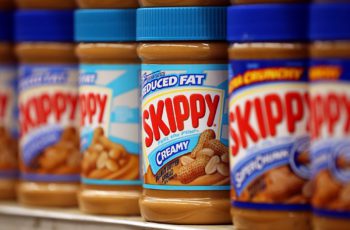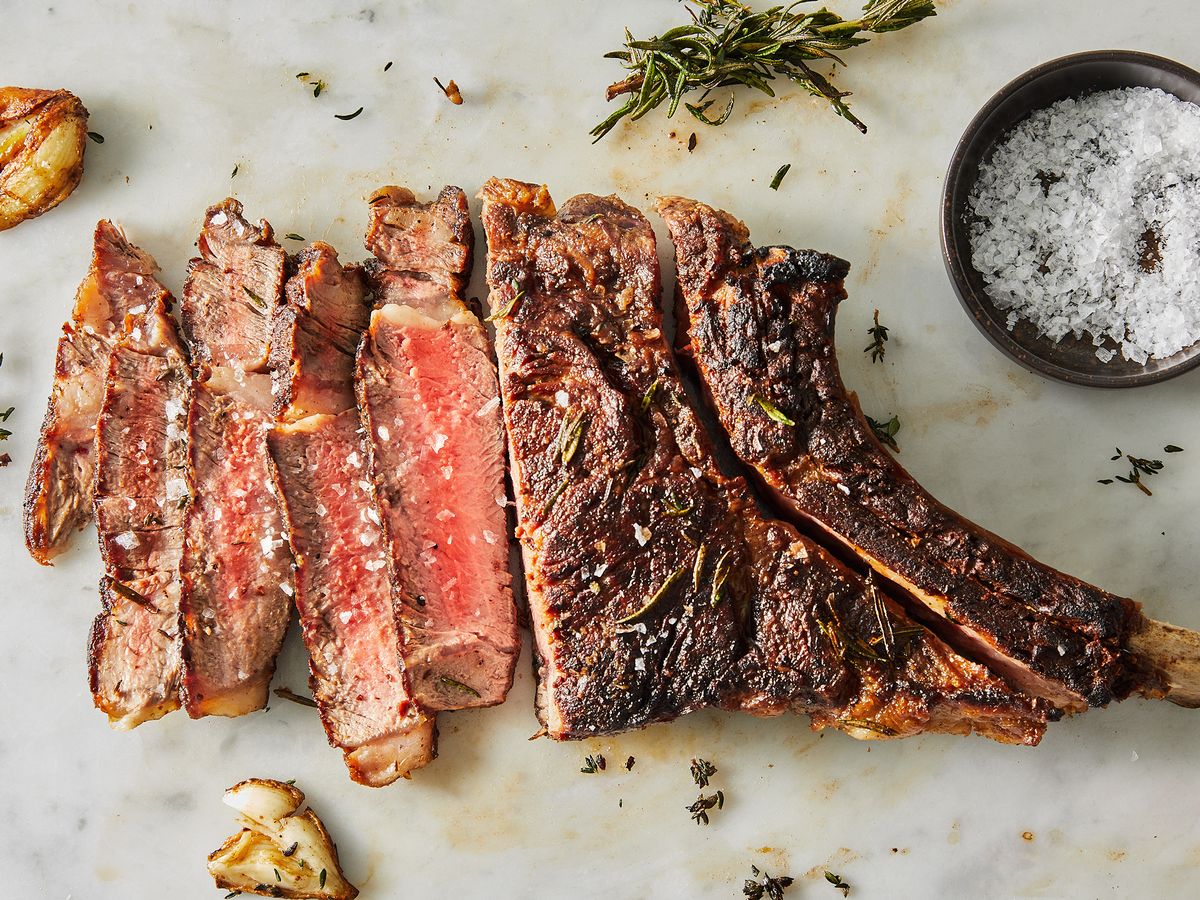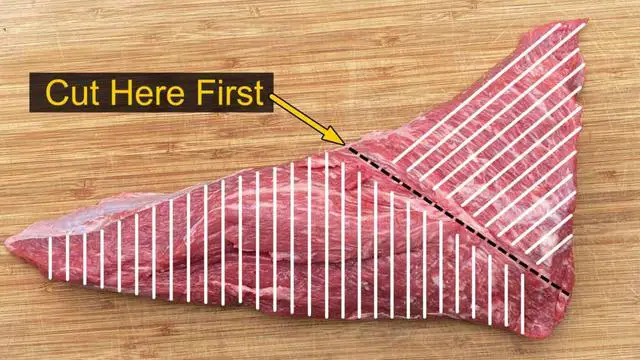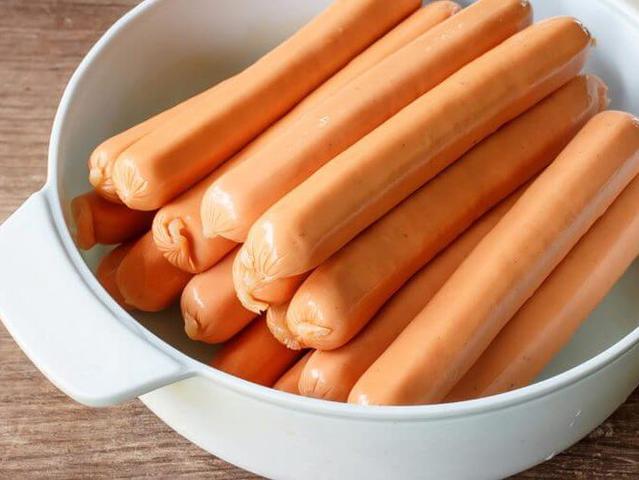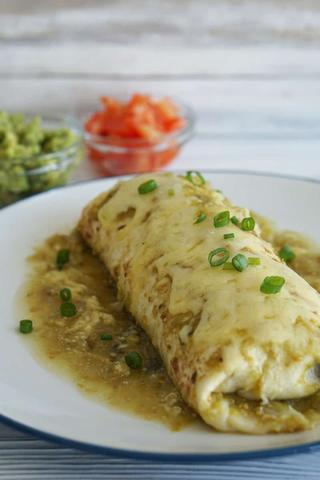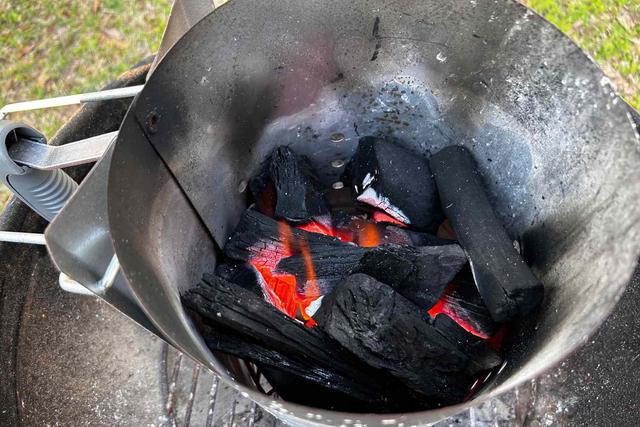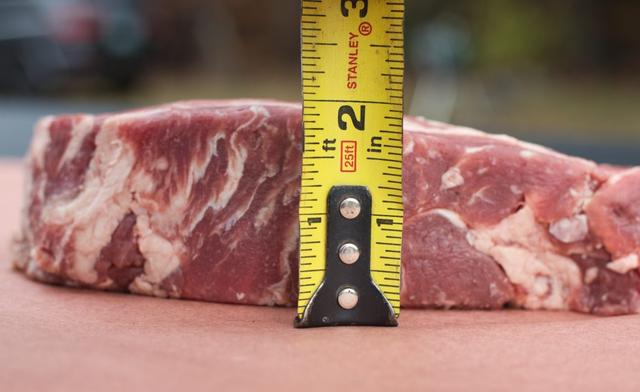
“Unlocking the Perfect Steak: Discovering the Best Thickness for Irresistible Succulence. Dive into the world of steak perfection as we unveil the ideal thickness that guarantees a mouthwatering experience, ensuring juicy tenderness and optimal flavor in every bite. Master the art of cooking steak to perfection with our expert insights and elevate your culinary skills to new heights.”
Best Thickness for Steak: Why it Matters

The ideal thickness for a steak is between 1-2 inches, with 1.5 inches being the most commonly recommended thickness. However, it’s important to note that not all cuts of steak can achieve this thickness due to genetic limitations. Cuts like skirt steak or flat iron steak are naturally thinner and cannot be as thick as other cuts.
The thickness of a steak is determined by the beef primal it comes from and consumer preference. Butchers generally cut steaks based on what sells, which often includes the desired thickness. Many resources claim that thicker steaks are better because they require different cooking methods to achieve optimal results in terms of internal temperature and crust formation.
Why Thickness Matters with Steak
The thickness of a steak plays a crucial role in its cooking process and overall taste. A steak that is too thin or too thick can result in uneven cooking and less-than-desirable texture. The ideal thickness for a steak is between 1 to 2 inches, with 1.5 inches being the most commonly recommended thickness.
When a steak is thicker, it allows for better crust formation on the outside while maintaining a juicy and tender interior. This is because the thicker crust protects the meat from overcooking, resulting in a more flavorful and succulent steak. On the other hand, steaks that are too thin may be harder to create a crust without overcooking the meat itself.
It’s important to note that not all cuts of steak can achieve the same thickness. Some cuts, such as skirt steak or flat iron steak, simply cannot get as thick due to genetic limitations. These thinner cuts require different cooking methods, such as marinating and quick high-heat cooking, to ensure tenderness and flavor.
Steak Thickness and Internal Temperature

The thickness of a steak plays a crucial role in determining its internal temperature during cooking. Thicker steaks require different cooking methods to ensure optimal doneness throughout the meat. A steak that is 1-2 inches thick, with 1.5 inches being the most common recommendation, allows for the formation of a thick crust while maintaining the desired internal temperature. This thickness provides a balance between achieving a flavorful crust and evenly cooked meat.
When it comes to thicker cuts like prime rib roast, slow roasting over several hours is necessary to reach the desired internal temperature, usually in the range of rare to medium-rare. On the other hand, ribeye steaks can be cooked using methods like sous vide or reverse sear to achieve uniform doneness while still creating an exceptional crust. Pan-searing a steak offers superior exterior crust formation followed by a gradient of finishing temperatures, resulting in juicy and flavorful meat.
However, as steaks get thicker (3+ inches), maintaining both the crust and reaching the target internal temperature becomes more challenging. The goal is to create a dark brown crust without burning the oil or meat. Steaks this thick are often referred to as roasts because they require slow roasting rather than traditional steak cooking methods. Conversely, if a steak is cut too thin, it can be difficult to develop a substantial crust without overcooking the meat.
How Prime Rib Roast is Cooked
Prime rib roast is typically cooked using one of two methods. The first method involves searing the roast first and then slow roasting it at a temperature between 180-250°F until it reaches medium-rare doneness. This slow roasting process can take several hours to achieve the desired internal temperature. The result is a slice of prime rib with uniform doneness across the entire cut, usually ranging from rare to medium-rare.
The second method for cooking prime rib roast is to roast it first and then sear it when the meat reaches medium-rare. This method often results in a thicker crust on the roast, which adds flavor and texture. Following the crust, there is a thicker band of well-done meat, and then a gradient of doneness that may even be raw in the thermal center.
Overall, prime rib roast requires careful cooking techniques and monitoring of internal temperature to ensure optimal results.
How Ribeye Steaks are Typically Cooked
Ribeye steaks are typically cooked using various methods, depending on personal preference and desired doneness. One popular method is the reverse sear technique, where the steak is first slow-cooked at a low temperature in the oven until it reaches the desired internal temperature. It is then finished off by searing it in a hot skillet or on a grill to create a flavorful crust.
Another method often used is sous vide, where the steak is vacuum-sealed and cooked in a water bath at a precise temperature for an extended period of time. This method ensures even cooking throughout the steak and allows for precise control over doneness.
For those who prefer a classic approach, pan-searing is a common method. The steak is seasoned and then cooked in a hot cast iron skillet with oil or butter. The high heat creates a crispy exterior crust while maintaining juiciness inside.
Regardless of the cooking method chosen, ribeye steaks are typically cooked to medium-rare or medium to preserve their tenderness and juiciness. It’s important to let the steak rest for a few minutes after cooking to allow the juices to redistribute before serving.
Some Steaks are Genetically Thin
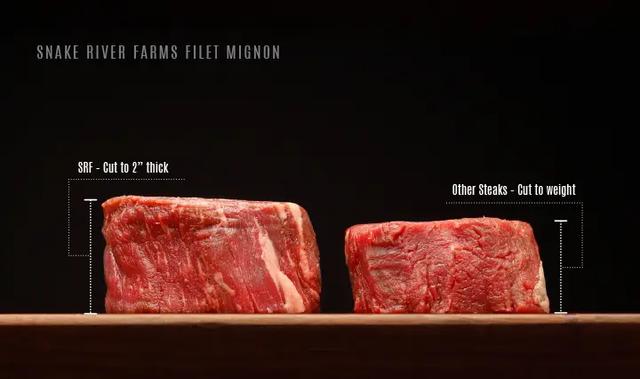
Not all cuts of steak have the genetic capability to be thick. Examples of genetically thin steaks include skirt steak and flat iron steak. These cuts simply cannot achieve a thickness of 1-2 inches, which is considered the ideal thickness for a steak. The thickness of a steak is determined by the beef primal it comes from and consumer preference.
The thickness of a steak affects how it should be cooked in order to achieve optimal results. Thicker steaks require different cooking methods compared to thinner ones due to factors such as internal temperature and crust formation. A 1.5-inch thick steak is often regarded as the sweet spot, allowing for a thick crust and precise control over internal temperature.
Achieving a superior crust is an important aspect of cooking steak. Thicker steaks, around 2 inches or more, tend to develop a thicker, more dehydrated crust. However, steaks thicker than 2 inches may result in larger gradients of doneness, which can be less appetizing. It is crucial to create a dark brown crust without burning the oil or meat, as burnt food can have an unpleasant flavor and aroma.
Cuts like skirt steak, flank steak, and bavette are naturally thin and cannot reach thicknesses beyond 1/2 – 1 inch due to genetics. To enhance their flavor and tenderness, these cuts are often marinated for 24-48 hours before being cooked over high heat for short periods of time. Slicing these thin steaks against the grain further tenderizes them.
Thin steaks have a smaller thermal center, restricting the extent of flavor and texture development compared to thicker cuts. The crust on thin steaks is also less substantial due to their thinness. Despite these limitations, marinating and cooking thin steaks properly can still result in flavorful and juicy meat.
In conclusion, the best thickness for steak depends on personal preference and cooking method. Thicker cuts offer a juicier and more tender experience, while thinner cuts cook faster and have a greater sear. It is recommended to experiment with different thicknesses to find the perfect steak that suits individual taste and desired level of doneness.
Learn More About Grilling
If you want to learn more about grilling, check out these other helpful resources!

